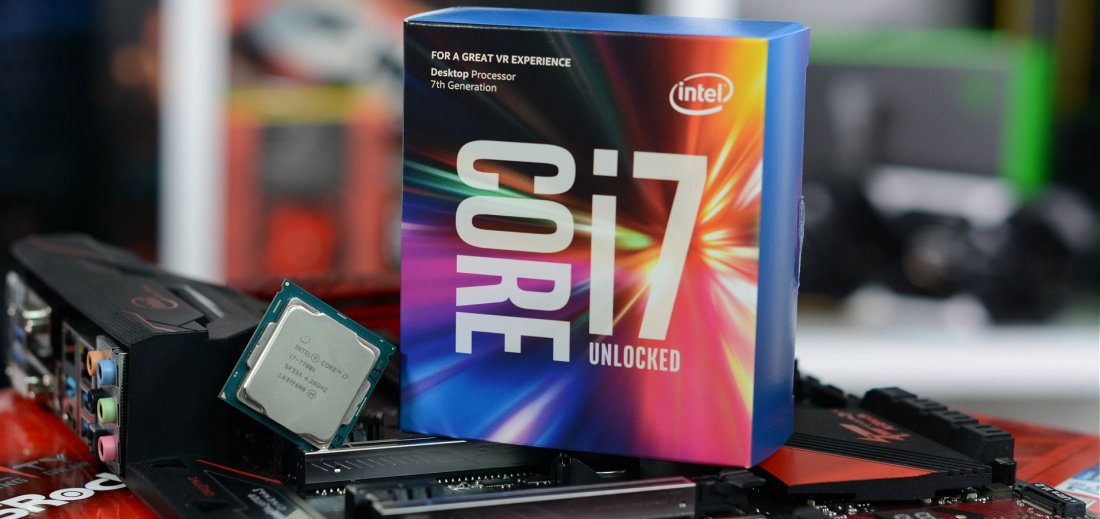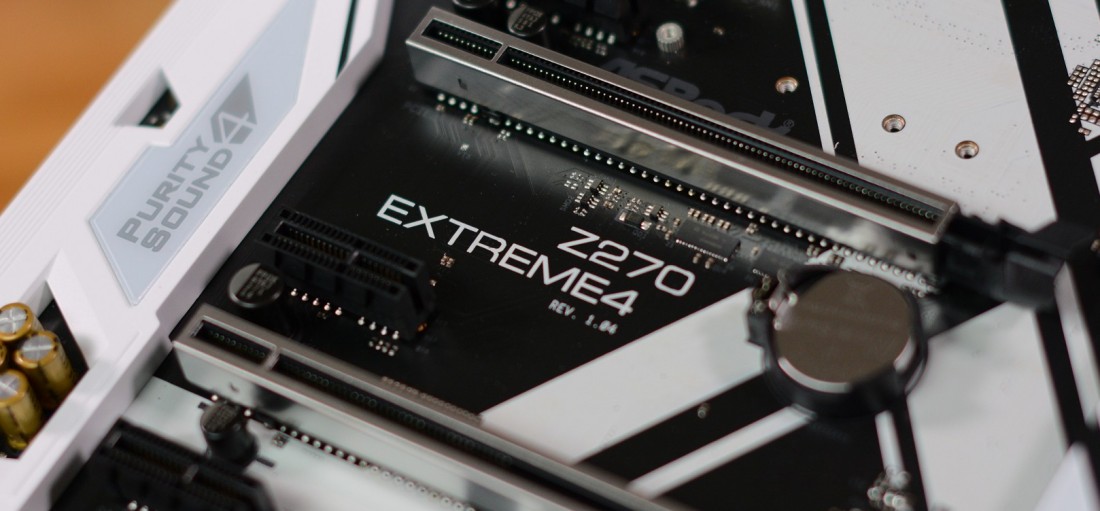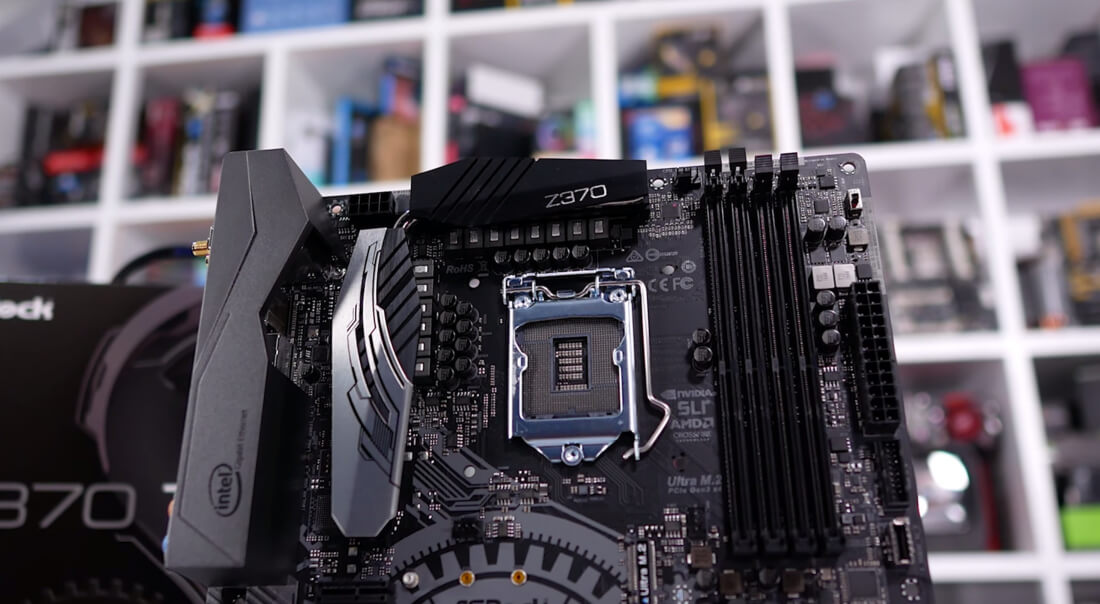If you want to learn about what graphics card you should buy (despite the horrible pricing), what's the best CPU or are building a new system, then check out our Best Of series and PC Buying Guide for all the info you need. Today we're discussing something else. What we feel were the worst CPU and GPU purchases of 2017. Some were just bad from the get go while others started life as viable options that sadly proved poor choices before year's end.
Intel Core i7-7700K (or Kaby Lake in general)
Kick starting 2017, Intel released the new 'Kaby Lake' series which actually didn't turn out to be all that new. Apart from a small factory overclock these were basically Skylake parts and when matched clock-for-clock we found zero IPC gain.
So if you owned 2015's 6700K there was no need to buy the 7700K. A shame because the same could be said if you owned either a Haswell or Broadwell Core i7 CPU, and even arguably a Sandy or Ivy Bridge i7 as well.
Still if you were coming from an AMD FX series or maybe a Core i5, something along those lines, then the 7700K offered noteworthy gains for those rocking a fast graphics card and was therefore a viable option. Unfortunately those that invested $340 in a 7700K (or heaven forbid the 7740X) ended up getting completely hosed by Intel.
Roughly 9 months later for about the same price, Intel's brand new 8700K is essentially the same CPU but with 50% more cores and threads. The 7700K is still a very capable gamer but the 8700K will no doubt prove to be a significantly better investment down the road.
I should note that while I'm focusing on the 7700K, the same really applies for all Kaby Lake Core i7, Core i5 and Core i3 CPUs. They've all been heavily upgraded with the arrival of Coffee Lake. The only CPU that still remains a worthwhile investment is the G4560 as there is nothing better for less than $100, that said stretching the budget to the Core i3-8100 would be a smarter choice now.
If you bought a 7700K in Q1 2017 you're probably not as upset, otherwise not only has the 7700K's resale value plummeted after the release of the 8700K, but you can't even upgrade without a motherboard change and that brings me to part 2 of the Intel roll job.
Z270 Motherboards, Intel's lack of backwards compatibility...
This is a continuation of the Kaby Lake CPUs, but it has to be said compounding the issue is Intel's decision to remove backwards compatibility for the new Coffee Lake CPUs. Despite using the same LGA 1151 socket, Intel has changed the configuration in a way that they say the 8th gen CPUs can't work on 100-series or 200-series motherboards while Skylake and Kaby Lake CPUs also won't work on the new 300-series motherboards.
Whether or not it was necessary for Intel to eliminate compatibility, I honestly don't know. I can just tell you this is a massive inconvenience for consumers. If I had to guess I'd say there is no legitimate reason for Intel to drop support for 200-series motherboards, I said this before even reviewing the Coffee Lake CPUs and Intel fans shot me down.
However bit-tech interviewed the product manager for ROG motherboards at Asus, Andrew Wu and he said a few interesting things. When asked, if Intel let them could they make Z270 motherboards compatible with 8th Gen Core processors Andrew said 'yes', it would only require a BIOS update but Intel somehow has locked the compatibility.
In the end it means those who invested in a 200-series motherboard this year are now at the end of the road. Those Core i7-7700K owners are now faced with ditching not just their CPU but also their shiny new Z270 motherboard if they want to upgrade to something with more cores.
Truth be told, moving from the 7700K to a 8700K is not worth the investment even if they were supported on the same platform. However the option to make this upgrade in a year or so would be very welcomed. Anyone who spent $200+ on a Z270 motherboard will surely be upset with Intel's decision here.
Intel Core i7-7800X, Premium 6-core For 4 Months!
Moving on, if you're a Core i7-7700K owner and you feel robbed, well then can we please have a moment's silence for anyone who bought a Core i7-7800X. With Ryzen already out and about before the arrival of the Skylake-X range, there seemed little point in buying the Core i7-7820X and in particular the 6-core 7800X. Priced at $390 the 7800X was a step up from the 7700K for productivity workloads but was a pretty poor value proposition when compared to the Ryzen 7 1700.
Still those that bought in the last 4 months knew what the alternatives were at the time. What they didn't know is that for roughly the same price the 8700K would come along offering the same core and thread count while supporting greater operating frequencies, more L3 cache and what is in my opinion a superior method of connecting 10 or less cores using the Ring bus.
The 8700K is also supported by significantly cheaper motherboards, the cheapest Z370 board is roughly half the price of the cheapest X299 board. In fact, the only real advantage of the 7800X are those extra PCIe lanes, but if you want PCIe lanes skip the Skylake-X Core i7 parts and head straight for the Threadripper aisle. Ohh and it has quad-channel memory which is of no benefit based on our productivity benchmarks which sees the 8700K school the 7800X out of the box and when overclocked.
The only saving grace for the 7800X is the upgrade path, save $10 each week and in just under 4 years you've got yourself an 18-core 7980XE, 3 years if the second hand markets kind.
AMD Radeon GPUs After May: High Prices & Poor Availability
Now for graphics... Last year was a mega year for GPU releases, the GeForce 10 series was mighty impressive in terms of performance per watt and AMD at least made the midrange to low-end segment interesting. 2017 has been more of a mixed bag, I think it's fair to say the GTX 1080 Ti was an exciting and impressive launch and many appreciated the GTX 1080 price cut to $500.
The Radeon refresh was a pretty meh affair but it did bring more competitive pricing, at least initially. Vega was another shoulder shrug from AMD though Vega 56 looks somewhat promising and recent Vega performance in new titles has been decent.
The big problem for AMD and even Nvidia to a degree has been pricing and availability thanks to an extreme demand from cryptocurrency miners which has kept up for months now.
If you bought a Radeon RX 500 series graphics card shortly after release, chances are you did very well for yourself. I recall seeing RX 570 models on sale for as little as $150, now gamers can only dream of such prices. As of writing you can expect to pay ~$240 for a RX 570, that's a 60% increase from earlier this year.
If you bought a Radeon graphics card in the last few months, chances are you heavily overpaid and sadly some will have been caught out by the price hikes. Despite offering a strong bang for your buck at the MSRP, AMD's Radeon GPUs have turned out to be one of the worst buys of 2017 for PC gamers for the simple fact that you can't find them anywhere near the list price. That said, as I started to put this together, I noticed Vega 56 GPUs that were priced at over $500 are now selling for ~$400, so things might finally start to normalize and just in time for Christmas.
AMD Ryzen X CPUs
The next AMD item on the list are those X-rated CPUs, like Intel's too hot for TV range most of the X models don't make a whole lot of sense. I admit it's hard to give AMD a hard time over this given they provide a full range of unlocked CPUs, if only Intel did the same. So big props for AMD there, but it does make their premium 'X' models pointless for those in the know.
The Ryzen 7 1800X offers the least value. AMD set the MSRP at $500 earlier this year, though today it can be found selling for as little as $400 on sale. The 1700X which is essentially the exact same CPU costs $300 right now but even so I'd get the slightly cheaper 1700 with the box cooler for $285.
I can't think of a single reason why someone would spend at least 40% more on the 1800X, even if they were binned chips that guarantee a 4 GHz overclock. I've tested three retail 1800X chips and four retail 1700 chips now, all hit 4 GHz and worked with DDR4-3200 memory.
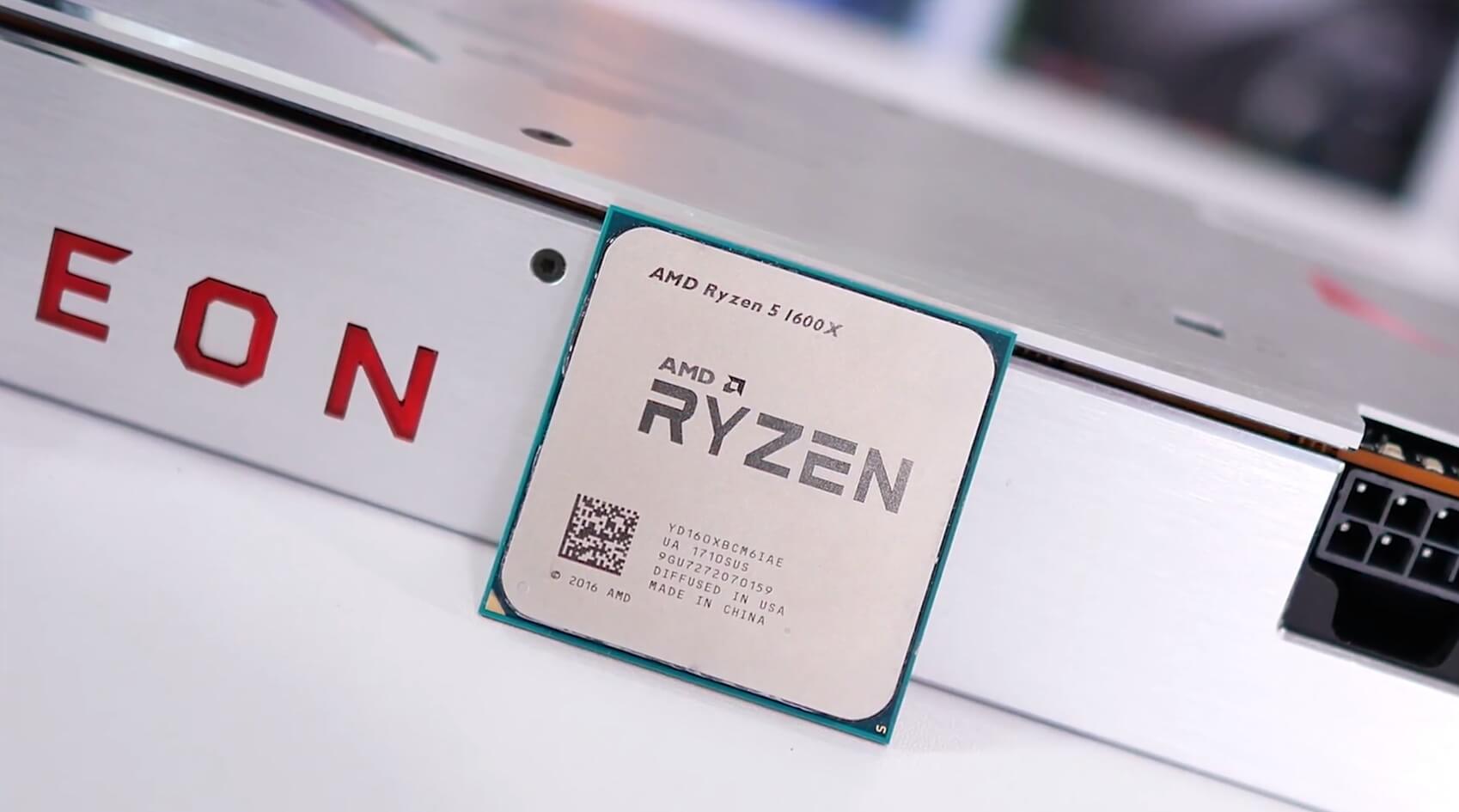
The Ryzen 5 1600X isn't as bad, it only costs a little over 10% more than the non-X version, but even so you're paying 10% more for the same CPU while forgoing the included cooler and again I'm not sure why. The 1500X is also a bit pointless in my opinion, but more so because it's priced so closely to the R5 1600, the 1600 offers 50% more cores for a mere 13% increase in price. The extra L3 cache also provides little advantage over the much cheaper Ryzen 5 1400.
Finally the Ryzen Threadripper 1900X, this one's more of a niche product, it's not completely pointless but if you're jumping on the X399 platform, cough up the dough for the 1950X, it's a serious bargain at just $880.
Nvidia Titan Xp (Pascal), Now for Star Wars Fans...
If we made this a yearly feature, Nvidia's Titan product line would no doubt make the cut each and every year. Late last year we got the mighty Titan X, the Pascal version of course, not to be confused with the Maxwell Titan X from 2015. Anyway the Pascal Titan X arrived last year and it was the biggest baddest GPU Nvidia had on offer.
Of course as always, those that bought into the Titan con got completely hosed, just three months into 2017 and the GTX 1080 Ti arrived, sure it had 1GB shaved off the 12GB memory buffer but with higher core and memory clock speeds it was faster. The 1080 Ti also benefited from vastly superior add-in-board partner coolers making it much faster once overclocked, allowing all 3584 CUDA cores to work much more efficiently.
Despite the GTX 1080 Ti quickly putting down the Titan X, Nvidia came back for round two and the Titan Xp was born. Branded with the same insane $1200 US asking price means it's over 70% more expensive than existing 1080 Ti models. So what do you get for all that extra moola? A 7% increase in CUDA cores and a teeny tiny increase in VRAM capacity.
Again the Titan Xp can only be purchased with the Founders Edition cooler, as a result it runs hot and throttles under heavy load, so it's actually slower than custom 1080 Ti cards. At this point gamers with deep pockets should know better than to buy a Titan, but I'm sure there are those that did anyway for the bragging rights, though at this point it's more embarrassing than anything.
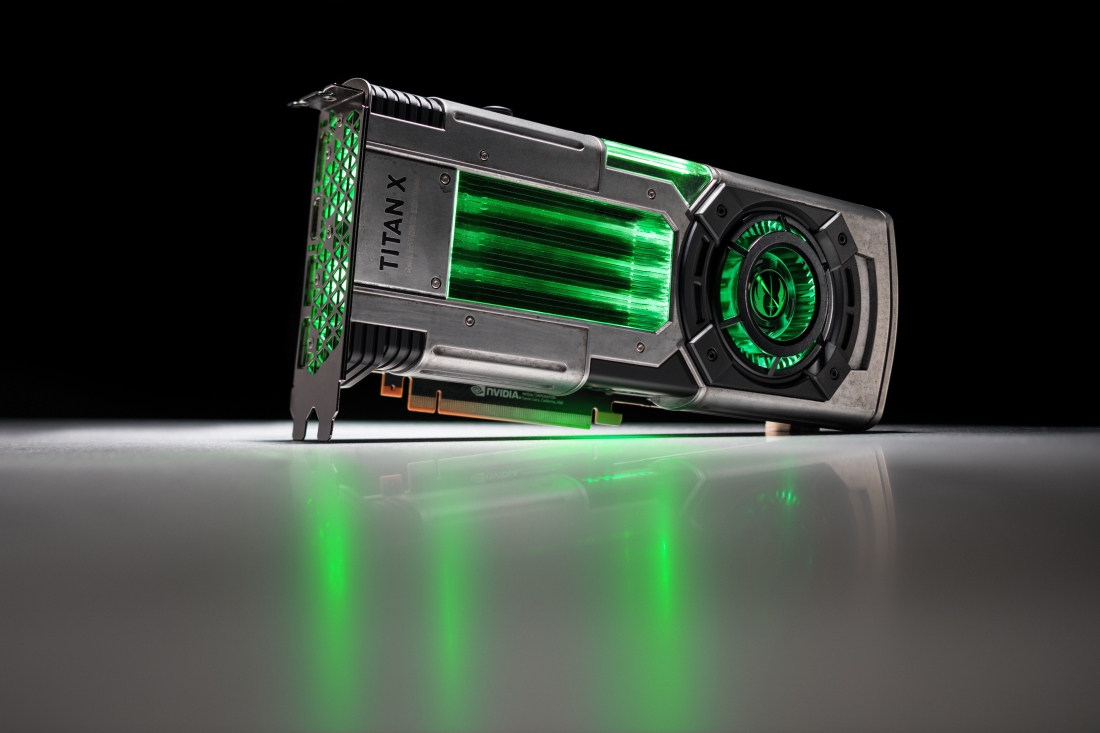
Speaking of embarrassing, what about those new Star Wars Collectors Edition models? Actually I have to admit those look pretty awesome. Imagine you're a huge Star Wars fan and you can afford stupidly expensive hardware, but just a few weeks ago you bought a Titan Xp for $1200. What's the return policy on that Nvidia? Surely you'd be spitting chips at the announcement of a $1200 Collector's Edition. The life of a Titan owner, you just know within a month or two you're getting hosed, the fun parts finding out how.
Wrap Up
2017's been an exciting but also frustrating year in PC hardware and although a few early adopters and those seeking bragging rights got a little burnt, there's been some great value options as well. Intel probably pounded consumers the hardest and much of it could have been avoided if they just kept compatibility for their 8th gen series with the previous 7th and 6th gen series.
Let us know if we missed any products or if you disagree with any of out choices in the comments section below.

